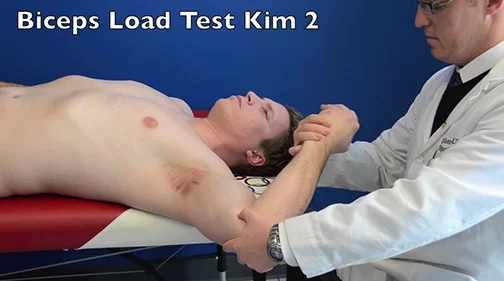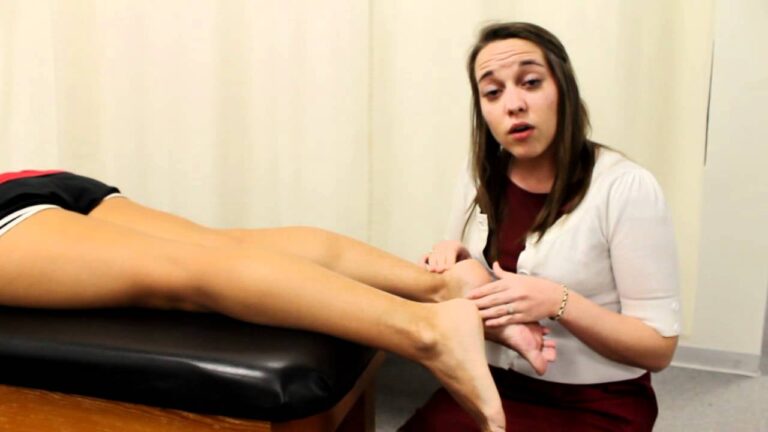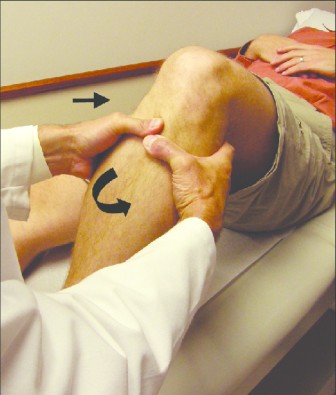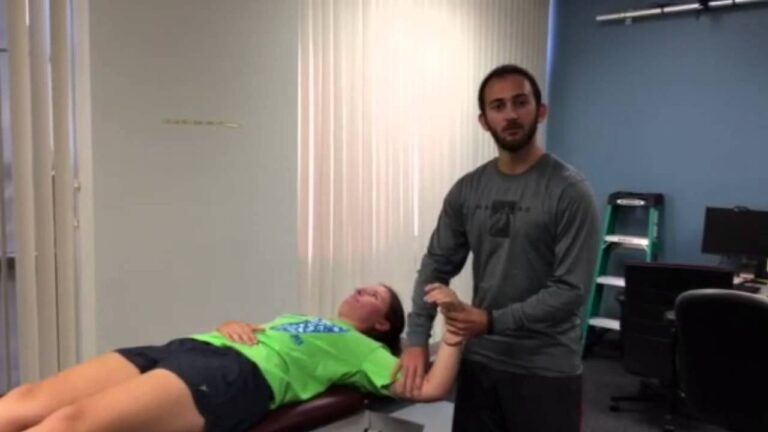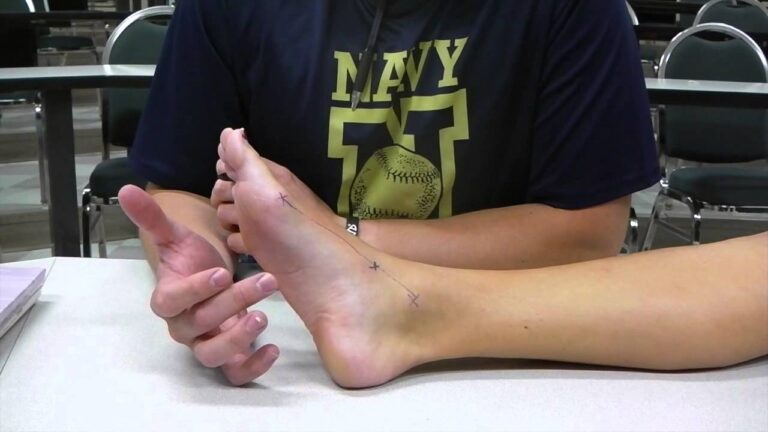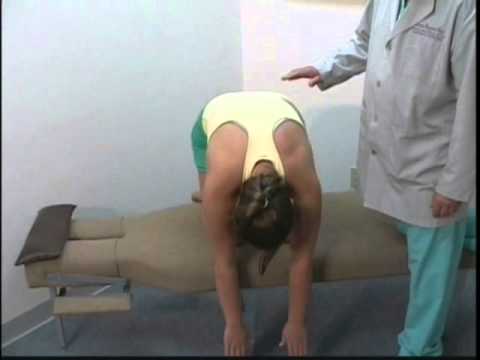Biceps load test of shoulder
- It is also known as the Kim test II.
- It is designed to check the integrity of the superior labrum.
- This test Procedure is like an apprehension & crank test.
Purpose of the Biceps load test:
- This test is designed to detect the SLAP lesions in the shoulder.
- It also checks the integrity of to superior labrum.
- This test also detects superior labral anterior & posterior means SLAP lesions in the glenohumeral joint.
How to perform this Biceps load test?
- Patient Position of to test: Supine lying or sitting position.
- Examiner Position of to test: Standing or Sitting position beside to patient’s affected side.
The procedure to test:
- In the supine position, the examiner gently grasps the patient’s elbow & wrist of the affected side.
- Next, elevate to affected arm up to 120 degrees & externally rotate means lateral rotate the arm till to maximal point when to patient tolerated to rotation or pain.
- During this situation hold the elbow in 90 degrees of flexion& forearm into a fully supinated position.
- Next, ask the to patient for doing the flex the elbow while the examine is resist the flexion.
Interpretation of this Biceps load test:
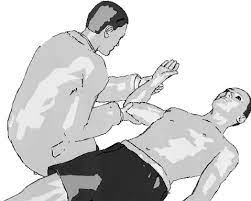
- This test is positive when the patient complains of pain during resisted elbow flexion.
- This test is negative when the patient reports no pain.
- If to pain is reduced by resisted elbow flexion.
- If pre-existing pain is unchanged during elevation & external rotation means lateral rotation of the affected arm.
- If apprehension decrease or the patient feels more comfortable, this test is negative for SLAP lesions.
- If the apprehension remains the same or the shoulder becomes more painful.
- This test is considered positive for SLAP lesions in the presence of recurrent.
Diagnostic Properties of this Biceps load test:
- Sensitivity of this test = 0.897
- Specificity of this test =0.966
- Positive Likelihood Ratio means [ LR + ] of this test =30
- Negative Likelihood Ratio means [ LR -] of this test = 0.10
- Reliability of this test: Kappa = 0.815

